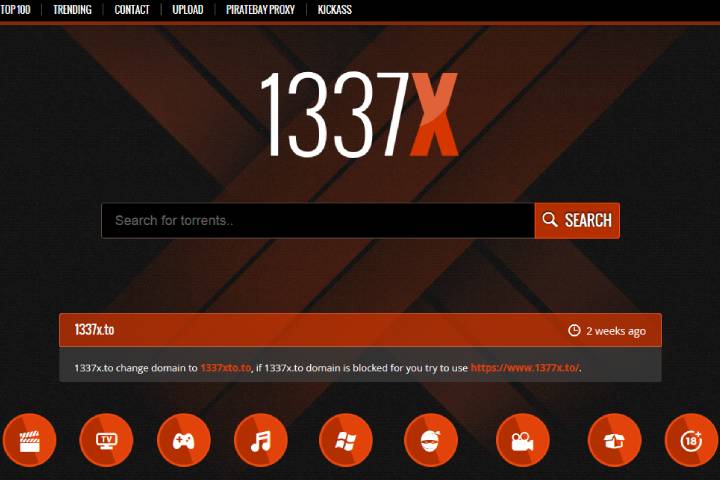AI Tools
9 Effective Methods for Data Cleansing to Enhance Your Excel Data Analysis
This article will explore nine great techniques to ensure your Excel data is clean and ready to rely on as far as making decisions is concerned.

When it comes to data, cleanliness, and accuracy are highly regarded. Whatever data you are working on should be essentially accurate and precise and you can achieve that thorough analysis. This article will explore nine great techniques to ensure your Excel data is clean and ready to rely on as far as making decisions is concerned.
Table of Contents
1. Removing Duplicates:
Dealing with data with the same information is annoying. The first thing you might want to do is eliminate duplicates in a few easy steps. Search for examples of duplicate rows in your open Excel window and simply delete them. Getting rid of duplicates ensures points made in the data are counted once thus making your work more reliable.
2. Handling Missing Values:
Omissions hurt the accuracy and clarity of data, thus you have to ensure that your data has no missing parts. Omitted figures may have you guessing and gambling to make the data sensible.
However, the good news is the issue can be solved easily. A go-to solution would be to exclude unnecessary pieces by substituting them with new values. You will have to make informed guesses about the missing pieces or use an average approach. Resolving the missing parts makes data analysis more reliable.
3. Correcting Typos and Inconsistencies:
Typos and inconsistencies can be highly misleading. Typographical errors are very common yet easy to overlook and very detrimental to the data analyzing process. Such errors may result in wrong inferences and misinterpretations. Always ensure that data is complete with zero errors before analyzing it. The simplest way to eliminate typos, misspellings, and other discrepancies is by proofreading your data. Carefully examine values and figures in the same dataset to rule out variation. You can also use third-party tools like spell-check to find errors.
The next step after spotting the mistakes step is to fix them immediately. You can use features like find-and-replace to correct the errors. For instance, if your data has different spellings for a similar category like (like “UNEP.” and “U.N.E.P”), you can modify them into a consistent setup. Addressing typos and inconsistencies ensures that your data accurately mirrors the accurate real-life information it stands for. Your analysis will be more dependable without minor typos and misspellings. Clean and consistent data helps build insights and improve decision-making.
4. Standardizing Formats:
Data analysts may cling to the diversity of data formats because it is relatable to real life but standardization is crucial in data analysis. Presenting dates, measurements, and other data in different formats hinders smooth data analysis as it affects comparison and data interpretation directly. Standardizing such formats makes the analysis more consistent. Standardization involves converting different variations of the same data type into a single and uniform format. Standardizing enables straightforward comparison and minimizes potential errors due to format inconsistency.
An example of such data is working with dates. Standardizing formats ensures that date formats, “MM/DD/YYYY,” “YYYY-MM-DD,” and other variations are uniform across your dataset. This simplifies temporal analysis and prevents confusion. Similarly, standardizing units of measurement—such as converting weights from pounds to kilograms—ensures that varying measurement systems don’t skew your analysis. You can achieve uniformity using Excel’s formatting functions or create formulas that transform data into the desired format. Automation tools within Excel can also streamline the standardization process thus saving time and effort.

5. Dealing with Outliers:
Data points that considerably stray from the norm are considered outliers and may compromise the reliability of your results. Such numbers can skew statistical metrics and create misunderstandings of patterns. The precision of your analysis relies on your ability to wed out outliers. Examining your data thoroughly exposes the outliers.
The validity of your analysis may be compromised if you arbitrarily eliminate outliers when they potentially show legitimate data items like infrequent events or errors. However, it is fair to consider eliminating or modifying outliers if they cause data input errors or measurement abnormalities. On a deeper level, you might want to explore educational options like one of these courses offered by Acuity Training to adeptly manage outliers and acquire proficiency in diverse data analysis techniques.
6. Data Validation Rules:
The data validation process reflects heavily on the precision and reliability of your dataset. These regulations serve as guardrails, blocking inconsistencies and errors from embedding the system. Mistakes are less likely to spread throughout your dataset if you take a preventative approach to data quality by eliminating them at the source. The accuracy of your analytic results can be improved by data validation by ensuring the data you collect is clean.
7. Removing Unnecessary Spaces:
Every nuance is crucial while analyzing data. Your analysis may have problems if your data entries have trailing or leading blanks. Eliminating these gaps is necessary for reliable outcomes. As a data analyst, you don’t want to underestimate the influence of these unseen areas. The spaces directly affect data comparisons, calculations, and sorting.
Spotting and eliminating these unnecessary spaces is crucial to cleaning up data. Excel provides tools to help with the identification and elimination task. Use functions like TRIM to automatically remove leading and trailing spaces from your data entries. Removing spaces ensures that your data is clean and free of any unseen elements that might compromise your analysis.
8. Text-to-Columns Transformation:
It’s not uncommon for information to be presented in a single column when it needs to be broken down further. To facilitate analysis, you can learn to convert the combined data into separate columns using a program called “Text-to-Columns.” The program allows you to examine the components of your data independently, which improves your ability to comprehend and manipulate the information.
9. Using Formulas for Cleaning:
Excel has a formulas feature that you can leverage for data cleansing through specialized computations. Examples of such formulas are TRIM, PROPER, and SUBSTITUTE. The TRIM formula can eliminate unwanted spaces in your data. The PROPER formula can correct misspelled words and capitalize the first letters. You can enhance your data for analysis by swapping out unwanted words or characters with the SUBSTITUTE feature. Using these formulas, you can save time and have proper data for analysis.
Correct and insightful Excel data analysis relies heavily on thorough data cleaning. You may clean up your data using these nine techniques, making it a solid basis for drawing conclusions. If you start with clean data, you can maximize Excel’s analytical power and base your judgments on reliable information.
-

 Instagram4 years ago
Instagram4 years agoBuy IG likes and buy organic Instagram followers: where to buy them and how?
-

 Instagram4 years ago
Instagram4 years ago100% Genuine Instagram Followers & Likes with Guaranteed Tool
-

 Business5 years ago
Business5 years ago7 Must Have Digital Marketing Tools For Your Small Businesses
-

 Instagram4 years ago
Instagram4 years agoInstagram Followers And Likes – Online Social Media Platform















